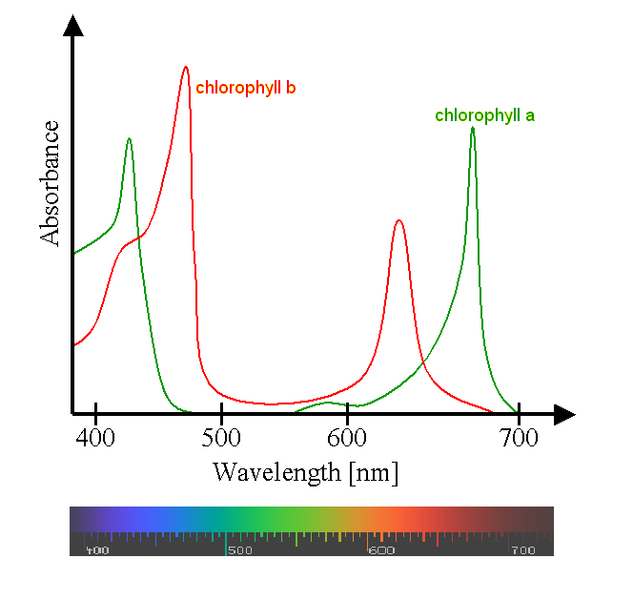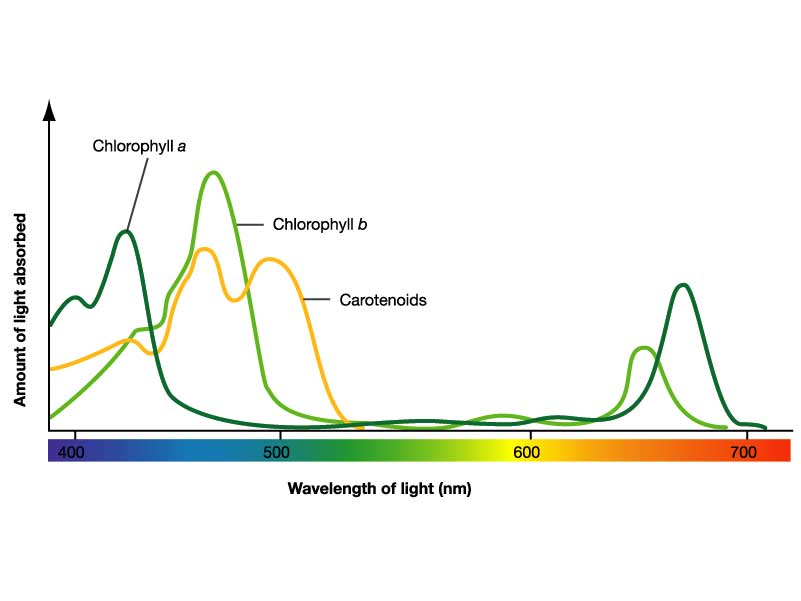|
Home / Chlorophyceae / |
 |
||||
|
|
|
|
||
 |
||||
The Chlorophyceae (“greens”) have cellulose cell walls, contain chlorophylls a and b, and produce a-linked storage reserve (starch). For these
reasons they are considered ancestral to Charophyceae and all plants (Viridae).
The desmids, along with other greens with similar advanced
characteristics, are elevated to the class Charophyceae.
Most “greens” appear as green as their successors,
while some (Haematococcus, Trentepohlia) produce a “sun
screen” from carotenoids and can be quite red. They are separated from
other classes that contain chlorophyll alone, or chlorophylls a and c (Bacillariophyceae, Chrysophyceae, Cryptophyceae, Eustigmatophyceae, Haptophyceae, Phaeophyceae, and Xanthophyceae, and/or beta-linked
storage reserves.
Cell division is also ancestral
("phragmoplast”), and embryos are
neither retained by the parent nor provided with a protective cover of
somatic cells.
Similar to many other
photosynthetic classes of protists, the Chlorophyceae can be grouped morphologically as unicells, colonies, or filaments. A recent taxonomic treatment of the class(es) is by Moestrop ('primitive greens' called Prasinophyta) and John (greens ca;;ed Clorophyta) both elevating the class Chlorophyceae to Phylum level, in John, Whitton and Brook (2011).
Chlorophyll a and b absorbance spectra
The primary photopigments in the photosynthetic system include chlorophyll a -- common to all
photosynthetic protists, and chlorophyll b --
present only in green (Chlorophyceae, Charophyceae) and euglenoid (Euglenophyceae) protists, along
with yellow carotenoids.
Chlorophyll a, b, and carotenoid absorbance spectra:
Accessory pigments, the carotenoids, present in many photosynthetic protists, increase absorbance of green light. |
||||
| References: | ||||
|
John, D.M., B.A. Whitton and A.J. Brook 2011. The Freshwater Algal Flora of the British Isles. Cambridge Press (878 pp). |
||||

.jpg)







